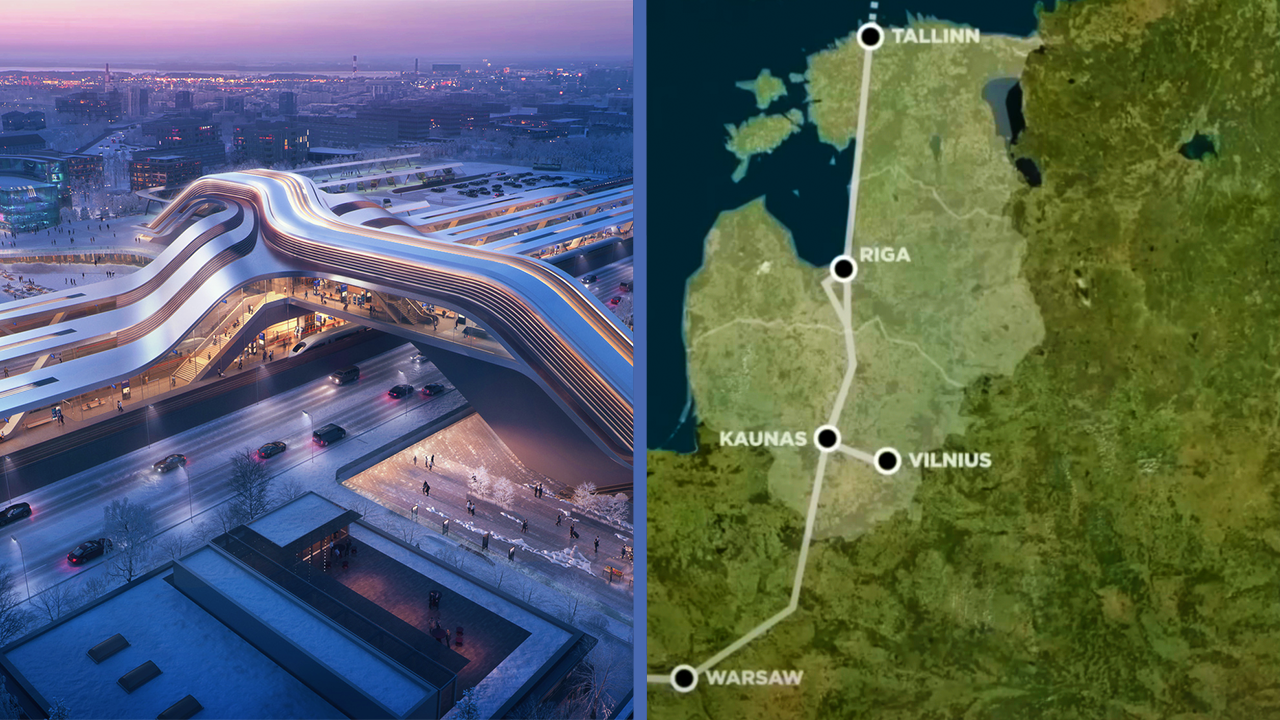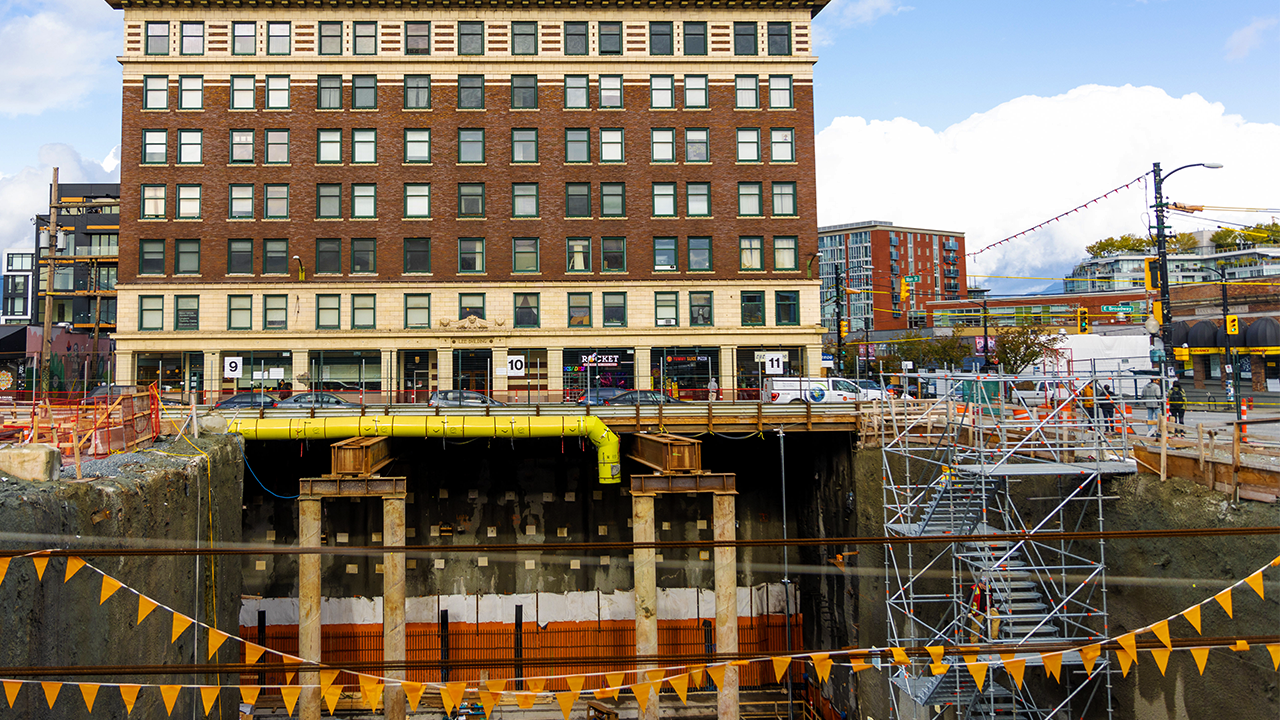Italy's $12BN Bridge Mystery
- Youtube Views 923,484 VIDEO VIEWS
Video hosted by Fred Mills. This video contains paid promotion for Brilliant.
THE Strait of Messina is a thin strip of water that separates Sicily from mainland Italy. Since Roman times there have been plans to span the strait with a bridge which, today, would replace a ferry journey which, at peak times, takes upwards of two hours with a four minute drive.
The rewards of the plan are huge. It could make Sicily a global supply chain hub, create an unbroken highway across a continent and transform the economy of Italy’s historically poorer southern half.
Instead, after more than 50 years of aborted construction attempts, and fears of Mafia intervention, the Messina Strait Bridge has become an icon of failure in Italy. But despite this, there are hushed whispers that work on the bridge could finally go ahead. Are the rumours true or is this infamous stretch of water a bridge too far?
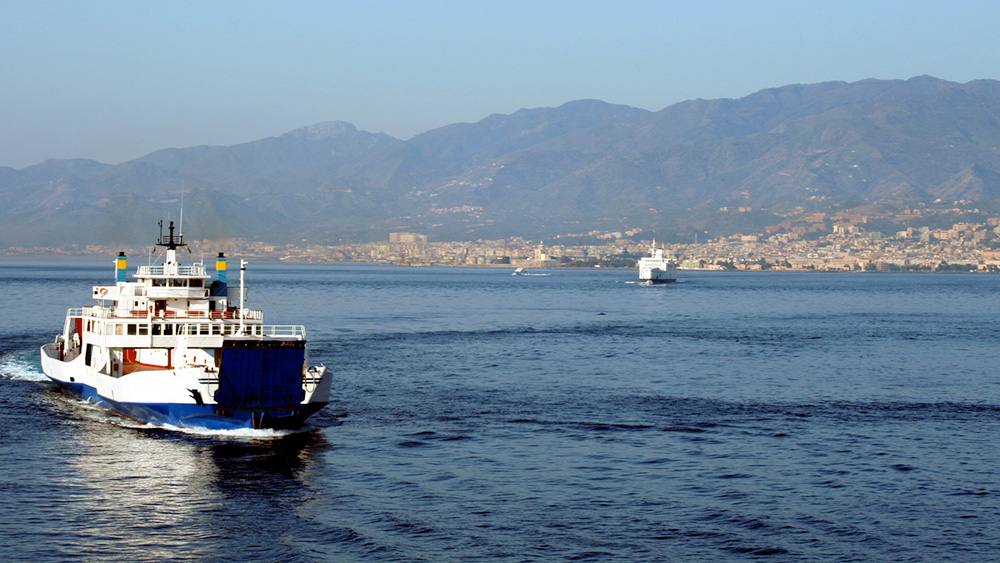
Above: A ferry is currently the only way to cross the strait.
Here at The B1M we know what it takes to construct a megaproject. Build something of any considerable size and you’ll usually run into one of two problems: the fiendishly complex engineering of something like the Fehmarn Belt tunnel, or the intractable politics of the kind that has derailed Britain’s ill fated HS2. The Strait of Messina Bridge has run into both of these.
We’ll come to the politics in a bit, but first the engineering. The current design for the Messina Strait Bridge is nothing if not ambitious. The stretch of water gave birth to the legend of Scylla and Charibdys, the mythological monsters that smash ships against rocks and drown sailors in whirlpools.
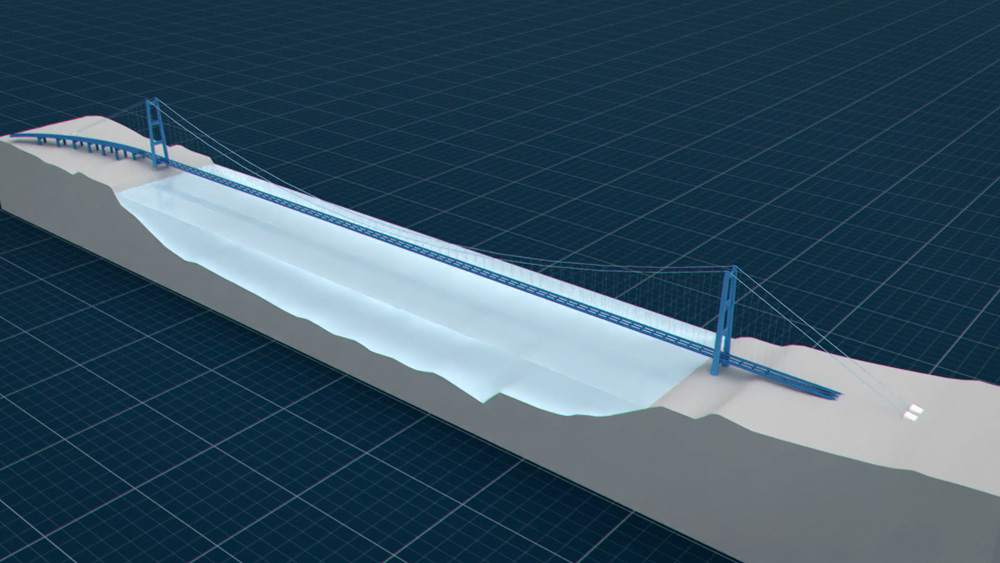
Above: An illustration of the proposed bridge.
As you might guess, that came around because the Strait of Messina is a violent stretch of water. The strait has two alternative currents strong enough to rip seaweed from the seabed and it can experience gales up to 100 kilometres per hour.
If that wasn’t enough, it also lies right in the middle of the fault line between the African and Eurasian tectonic plates. In 1908, the strait was the epicentre of a magnitude 7.1 earthquake which killed up to 82,000 people.
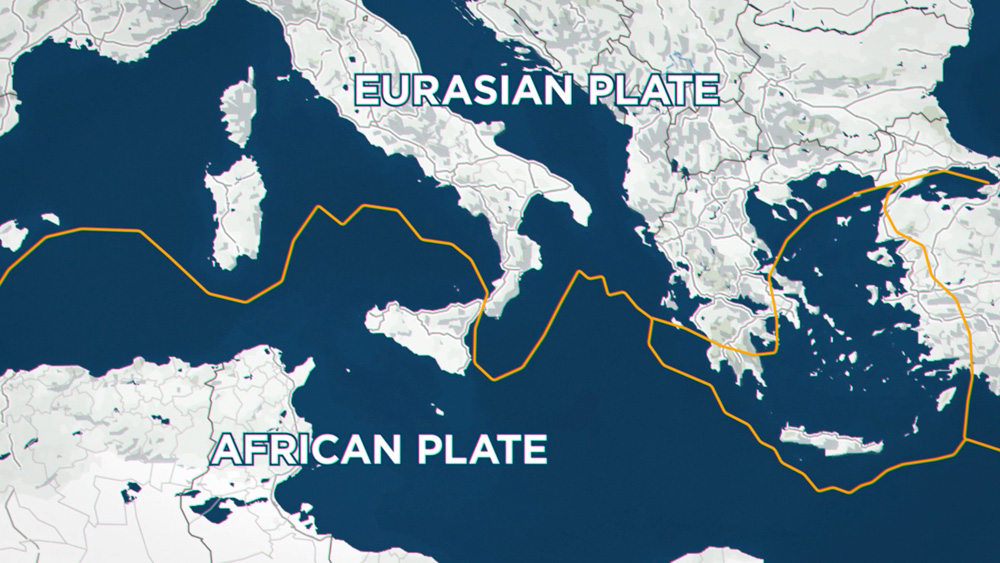
Above: The Messina Strait lies between the Eurasian and African plates.
So, how on earth do you build a bridge under those conditions? The plan is for a single span suspension bridge running from Torre Faro in Sicily to Villa San Giovanni on the Italian mainland.
The single span solves the first issue the bridge faces. By not placing a pier in the strait, it saves the team having to contend with strong currents during construction and removes any obstacles to shipping once complete.
Placing the towers on shore also gives them a firmer footing to withstand seismic activity, but to withstand an earthquake, more features are needed. The bridge will be fitted with a buffer, allowing the deck to flex and the whole thing will be kept in place by two anchors containing over five and a half million cubic metres of concrete and steel.
While that solves the issue of currents and quakes, it creates another problem: the bridge will be enormous. When it’s completed the Strait of Messina Bridge will easily be the longest suspension bridge in the world, beating the current title holder, Turkey’s Çanakkale Bridge, by over a kilometre.
That leaves a huge area exposed to the strait’s famously extreme winds. One way this is being compensated for is with the innovative deck design. Instead of one single deck, the bridge will comprise three separate boxes, two for roads, one for rail. These will be reinforced by crossbeams every 30 metres.
The shallow wedge of the boxes deflects oncoming wind and pushes it up through the gaps in between. This will help the bridge survive wind speeds of up to 300 kilometres per hour.
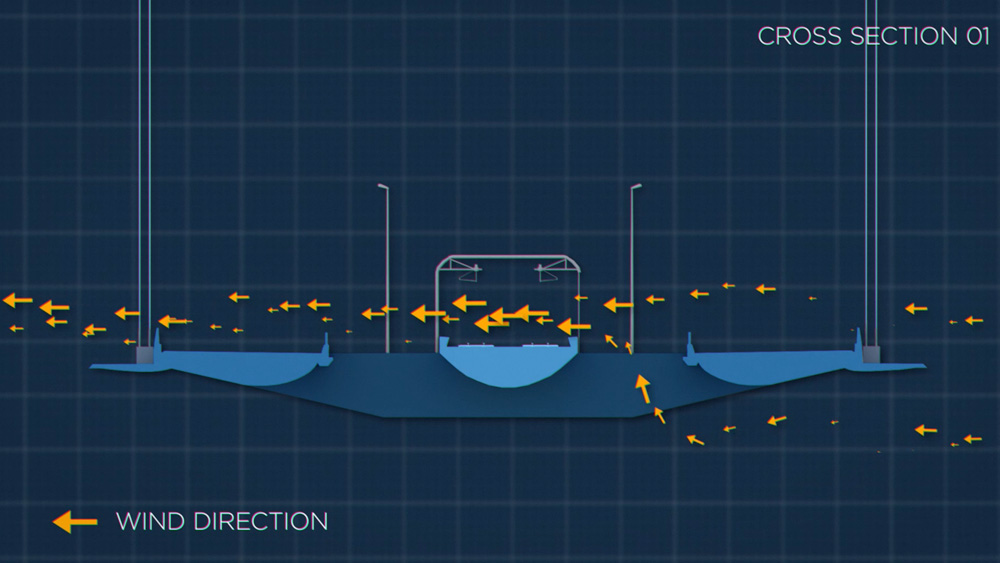
Above: The bridge's innovative deck design helps it survive strong winds.
So if the engineering challenges have all been reached, why hasn’t it been built? Well, while the bridge is a masterclass in how the power of engineering can seemingly overcome any challenge, it’s also a cautionary tale in how politics can turn the possible into the impossible.
Many Italians are weary about the prospect of the bridge being built, which has become a casualty of the country’s notoriously unstable political system. In 2005, after nearly four decades of preliminary work, Prime Minister Silvio Berlusconi announced that construction would commence the following year.
That was quickly nixed in 2006 when Berlusconi was kicked out of office. Over the next 16 years, power changed hands a further eight times, with support for and against the bridge alternating between successive Prime Ministers.
The bridge is currently being championed by PM Giorgia Meloni, who took office in 2022. The infrastructure minister, Matteo Salvini has described the bridge as “the dream of millions” and ordered construction to commence in 2024.
Whether this attempt will succeed or fail remains to be seen. Regardless of the outcome, it’s clear another chapter in the long, storied history of the bridge is firmly in the history books.
This video contains paid promotion for Brilliant. The first 200 people to sign up with The B1M's link will get 30 days free + 20% off their annual subscription.
Video narrated by Fred Mills. Additional footage and images courtesy of Adriano Marchisciana, France 24, Hallmark, American Zoetrope, Amazon Prime Video, DW-TV, CNBC.
We welcome you sharing our content to inspire others, but please be nice and play by our rules.
